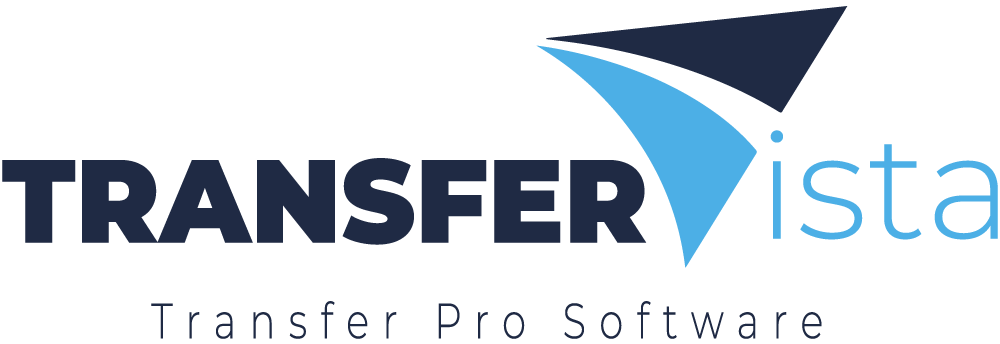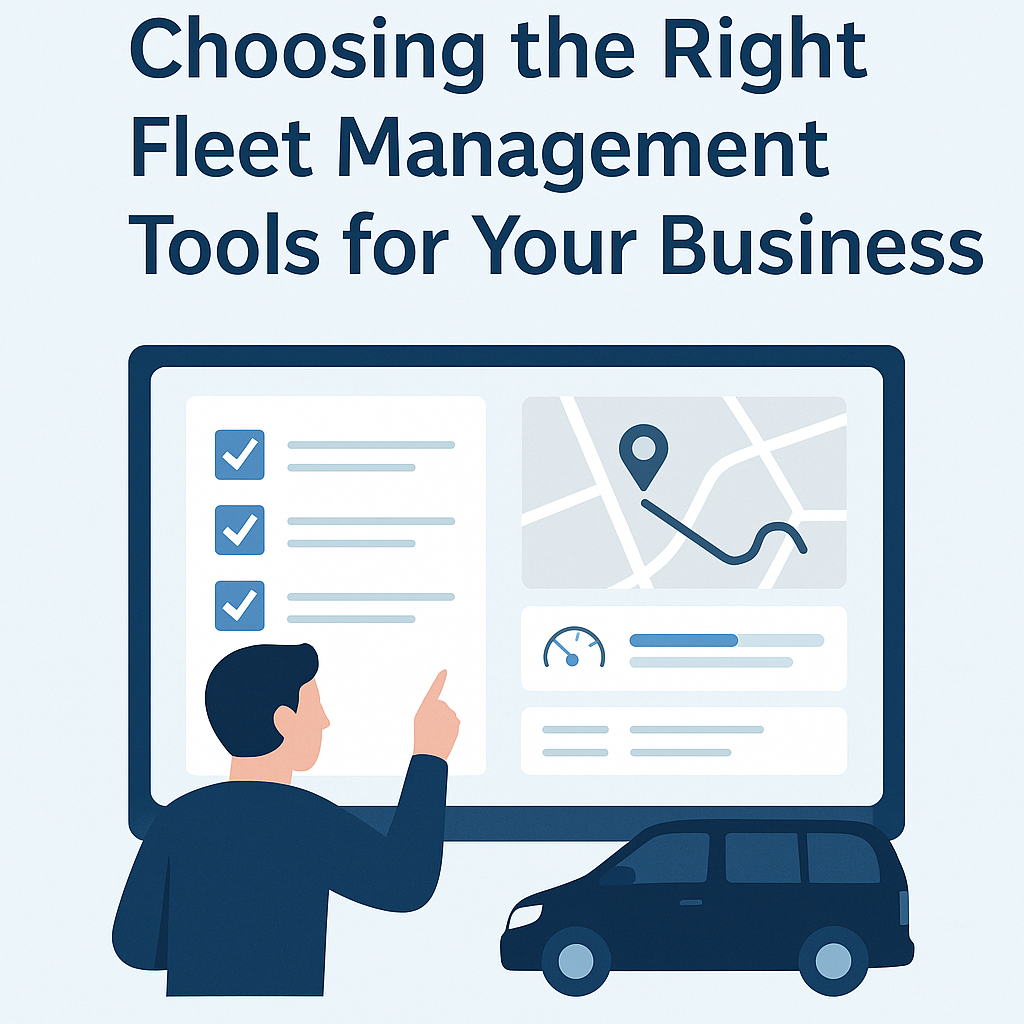Choosing the Right Fleet Management Tools for Your Business
Managing a fleet can feel overwhelming. But with the right tools in place, you can save money, boost efficiency, and keep your vehicles on the road where they belong. Here’s a quick guide to help you choose the tools that fit your operation.
1. Start With Your Own Needs
Every fleet is different. Before you get lost in features and sales pitches, ask yourself:
- Do I need to track vehicles in real time?
- Is maintenance management my biggest pain point?
- Am I trying to cut fuel costs or improve driver behavior?
Write down your priorities—this keeps you from overpaying for tools you’ll never use.
2. MustHave Features
When comparing platforms, make sure they include these essentials:
- Live GPS tracking – Know where every vehicle is at a glance.
- Automated maintenance reminders – Prevent breakdowns and extend vehicle life.
- Fuel usage reports – Find savings through smarter routing and driver habits.
- Driver behavior alerts – Spot unsafe driving and coach improvements.
- Easy integrations – Sync with accounting, payroll, or dispatch systems you already use.
3. Keep It Simple for Your Team
If it’s hard to use, no one will touch it. Look for:
- A clean, intuitive dashboard
- A driverfriendly mobile app
- Clear, customizable reports
Ask for a free trial or demo. Let your team test it out and give feedback before you commit.
4. Look Beyond the Sticker Price
Budget isn’t just the monthly fee. Factor in:
- Setup and training costs
- Hardware or device fees
- Support and upgrade expenses
Sometimes paying a little more up front saves you big down the road.
5. Check Vendor Reputation
Read reviews, ask for references, and make sure their support team is easy to reach. Choose a vendor with proven experience in your industry.
The Bottom Line
The right fleet management tool isn’t just software—it’s a partner in running your operation smarter and leaner. Take the time to match features to your real needs, keep usability front and center, and choose a provider you trust. If you’d like expert guidance or a demo of tools we recommend, contact us today and let’s get your fleet running at its best.
Pricing Models: Flat Rate vs Metered Taxi Services
When you’re choosing how to charge your passengers, the pricing model you pick shapes both customer satisfaction and your revenue. Two common approaches are flat rate and metered pricing. Here’s a quick guide to help you decide which works best for your taxi service.
1. Understand Your Service Area and Customers
Every city and customer base is different. Before you commit to a model, ask yourself:
- Are most of my trips short and predictable?
- Do I serve airports or business districts with set routes?
- Are customers more concerned about cost certainty or paying strictly for distance and time?
Knowing your market helps you match the model to realworld demand.
2. Flat Rate: Predictable and Simple
With a flat rate, passengers know the cost upfront. This works well for:
- Airport transfers
- Popular tourist routes
- Fixed zones (like downtown to suburbs)
Pros: Easy to explain, no surprises for customers, faster transactions.
Cons: May not account for traffic delays, and you might undercharge on longer trips.
3. Metered: Flexible and Fair
A metered system calculates fares based on distance and time. It’s ideal for:
- Variable routes
- Mixed trip lengths
- Urban areas with unpredictable traffic
Pros: Passengers pay for exactly what they use.
Cons: Customers may feel anxious about rising fares in heavy traffic.
4. Combine or Customize
You’re not locked into one approach. Many taxi companies use both:
- Flat rates for specific popular routes
- Metered pricing for everything else
This hybrid approach offers clarity where needed and flexibility elsewhere.
5. Consider Technology and Transparency
Whatever you choose, make sure your system is:
- Easy for drivers to use
- Clear for passengers to understand
- Integrated with apps or booking platforms for upfront quotes
The Bottom Line
Both flat rate and metered pricing have their place. Match your model to your service area, trip patterns, and customer preferences. By doing so, you’ll create a pricing system that feels fair, keeps riders happy, and supports a profitable business.


